More Workers Return to Office After Labor Day
Physical occupancy breaks 50 percent nationwide for the first time in several months, according to Kastle Systems’ latest report.
For the first time since July, occupancy at offices in 10 major U.S. metros surpassed 50 percent nationwide, rising 3.4 points to an average of 50.3 percent after the Labor Day holiday, according to the latest weekly occupancy report from Kastle Systems.
Every metro tracked by Kastle’s 10-city Back to Work Barometer experienced significant rises in occupancy, even those that did not break 50 percent. New York City rose the most, surging 7.5 points to 50.1 percent. Washington, D.C., rose to a new record high since the start of the COVID-19 pandemic in March 2020, increasing 4.1 points to 47.9 percent occupancy.
READ ALSO: How LEED Certifications Fared in the Office Sector in 2023
Three Texas metros had the highest occupancy post-Labor Day. Houston led the list, with a 61.6 percent occupancy, up 1.9 percent from the previous week. Austin, Texas, had a 59.3 percent occupancy, up 1.7 percent, and the Dallas metro saw a 2.8 percent increase, to a 54.9 percent occupancy.
Chicago was the only other metro to surpass 50 percent occupancy, coming in with a 3 percent increase to an occupancy of 53.6 percent. Los Angeles was nearly at 50 percent occupancy, with a 1.6 percent increase week-over-week to 49.4 percent.
Other metros tracked by Kastle include Philadelphia, up 4.1 percent, to a 42.7 percent occupancy; San Jose, Calif., rising 4.1 percent to 41.5 percent; and San Francisco, increasing by 2.6 percent week-over-week to 42.6 percent.
The weekly average high was Tuesday at a 59.5 percent occupancy, and the low was Friday at a 33.5 percent occupancy, according to Kastle. Return to office rates vary significantly over the course of the week.
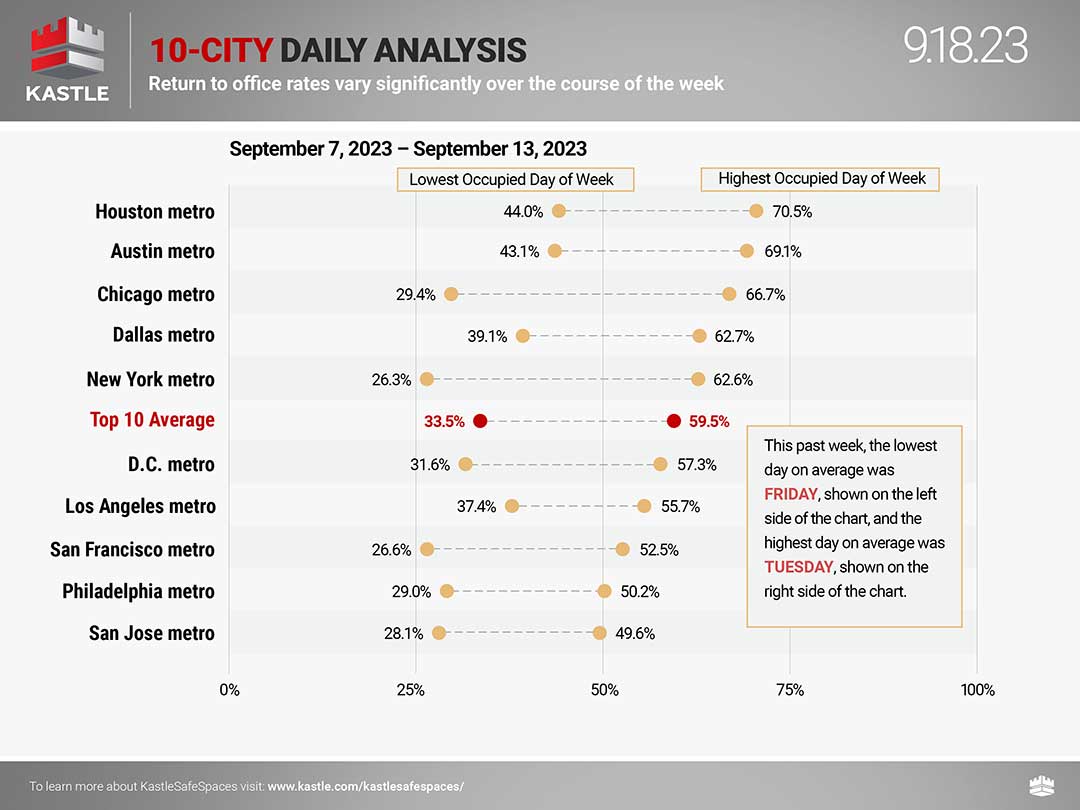
Return-to-office rates vary significantly over the course of the week. Chart courtesy of Kastle Systems
The Barometer is an average of the Top 10 metros it serves based on millions of aggregated, anonymous daily building access data points from Kastle-secured properties. To compile it, Kastle, a Falls Church, Va.,-based access control firm, examines keycard, fob and KastlePresence app usage in the 2,600 buildings and 41,000 businesses the company secures across 47 states to access the data.
This post-Labor Day increase in office occupancy mirrors the pattern from the past three years, the report noted. If the pattern continues, Kastle states the Barometer may reach a new, higher base level as more workers return to the office across the nation’s top metros. The weekly Barometer reported an average office occupancy level of more than 50 percent for the first time since the start of the pandemic in late January, but the 10-city average slipped back below 50 percent by mid-February. In late April, it was nearly 50 percent, hitting 49.6 percent. A month later, it was also just shy of 50 percent, reaching an average occupancy of 49.5 percent.
Some data disputed
The data has come under fire from some big city landlords, including those in New York City, and city economic officials, like Paul Levy, president & CEO of Philadelphia’s Center City business improvement district, who told the Wall Street Journal recently that the Kastle report undercounts activity in downtown Philadelphia. Levy told the journal its data set shows office occupancy rising steadily and hitting 57 percent by June. Among Levy’s complaints in the journal story was his claim that Kastle only counts swipes at two buildings in the city’s 42 million-square-foot office market. The New York Post reported many of New York City’s top office towers are also not part of the Kastle data.
As far back as January, the Post was reporting the Partnership for New York City stated Manhattan’s office occupancy was trending between 53 and 55 percent on an average weekday. At that time, the partnership said employers and landlords were expecting occupancy to reach 57 percent by the end of this year. The Post stated Kastle’s New York metro number was lowballing the city, noting the metro occupancy number also included suburbs and part of Pennsylvania.

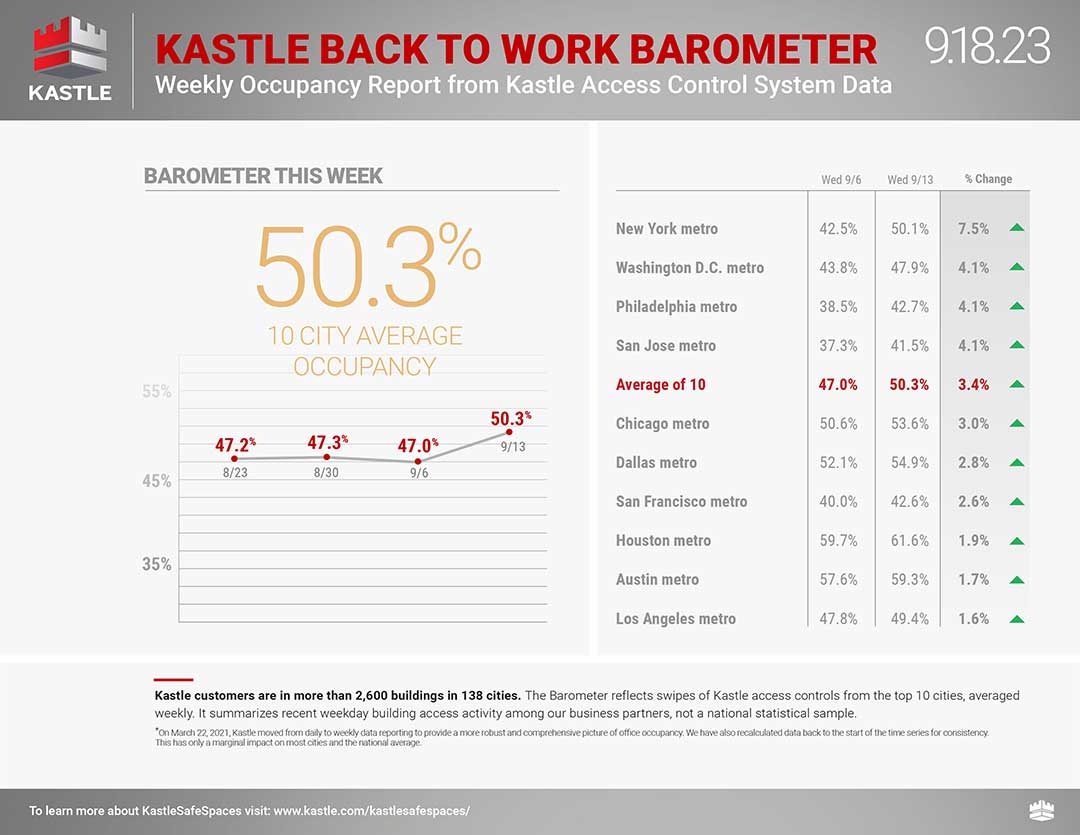


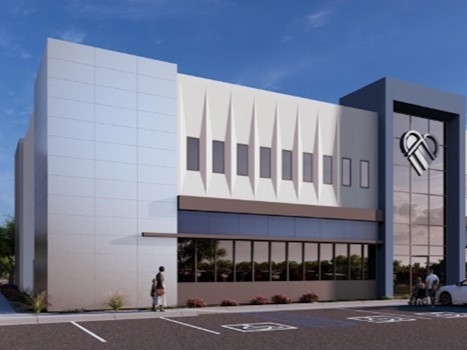
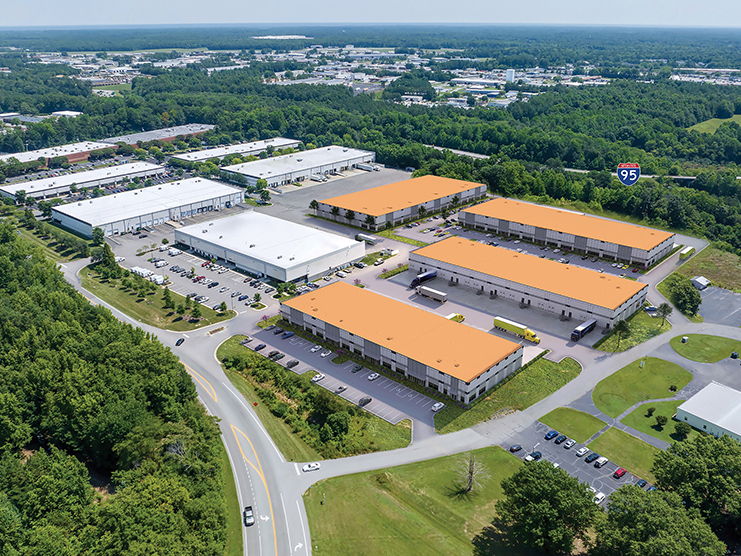
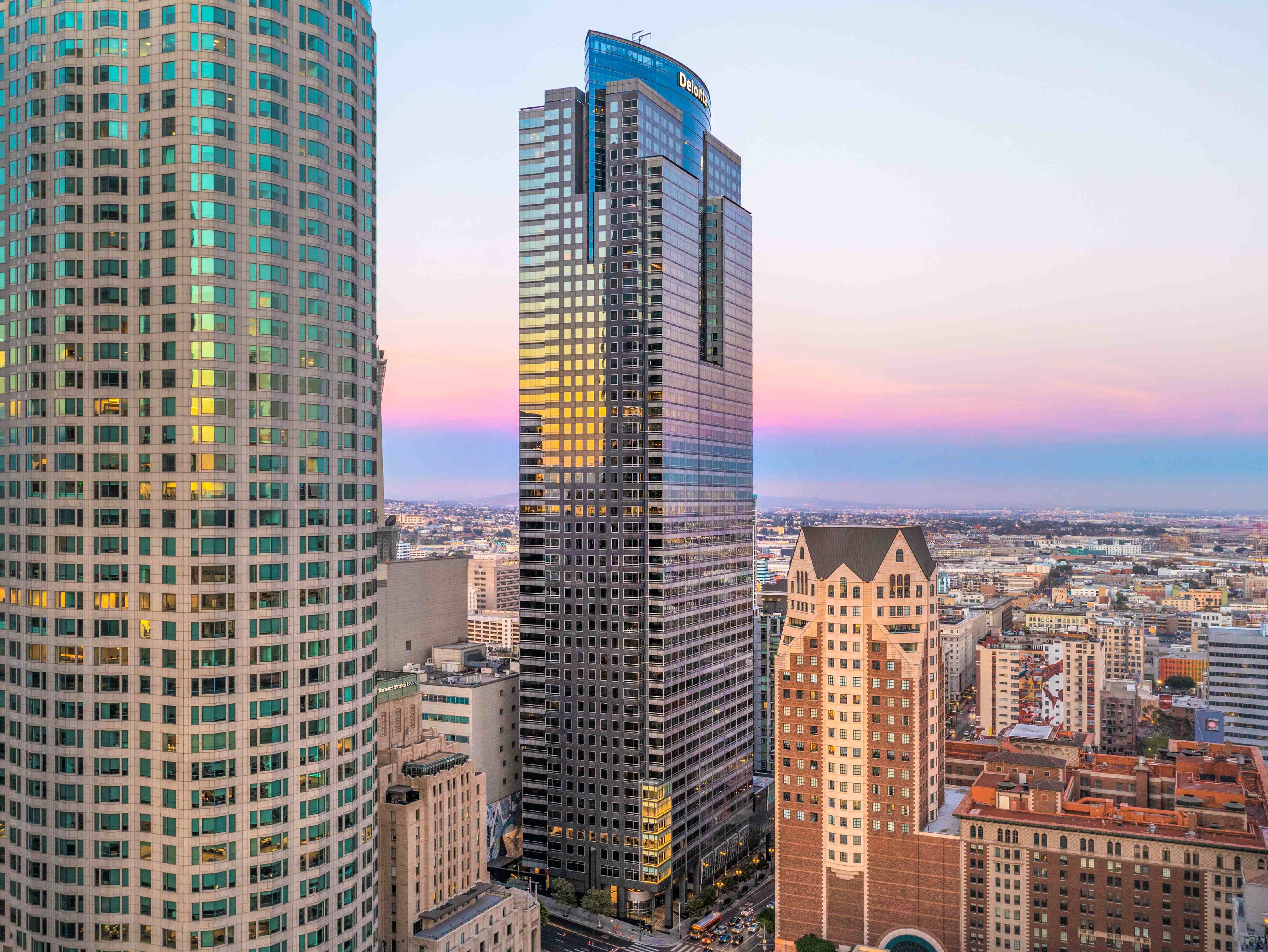
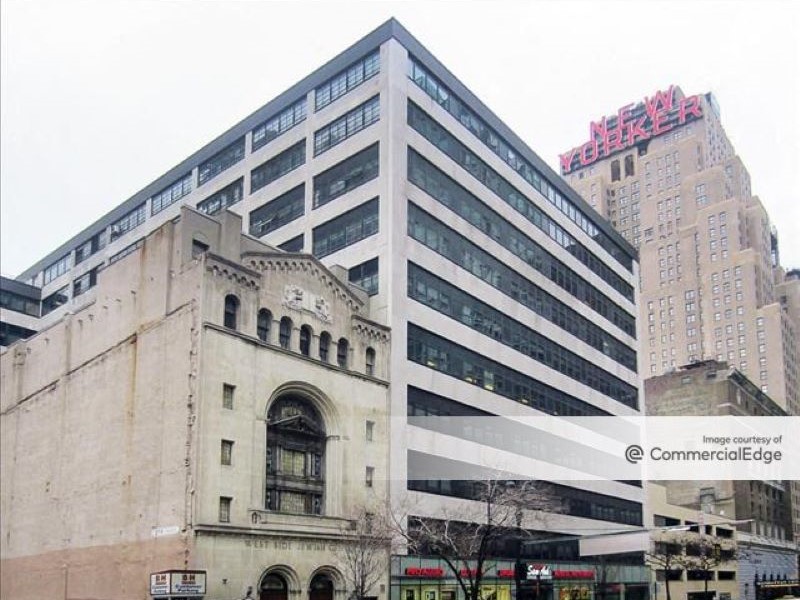
You must be logged in to post a comment.